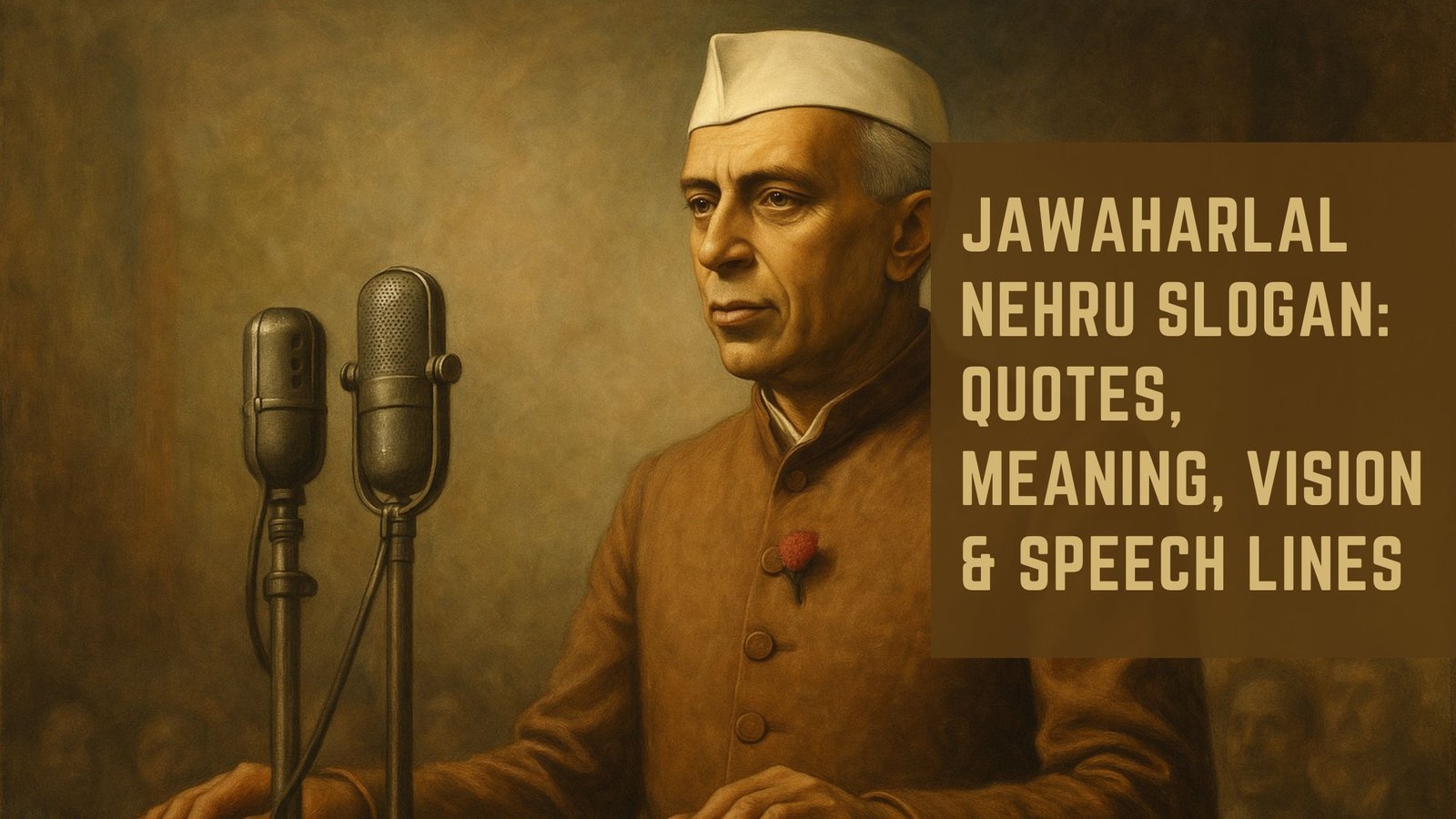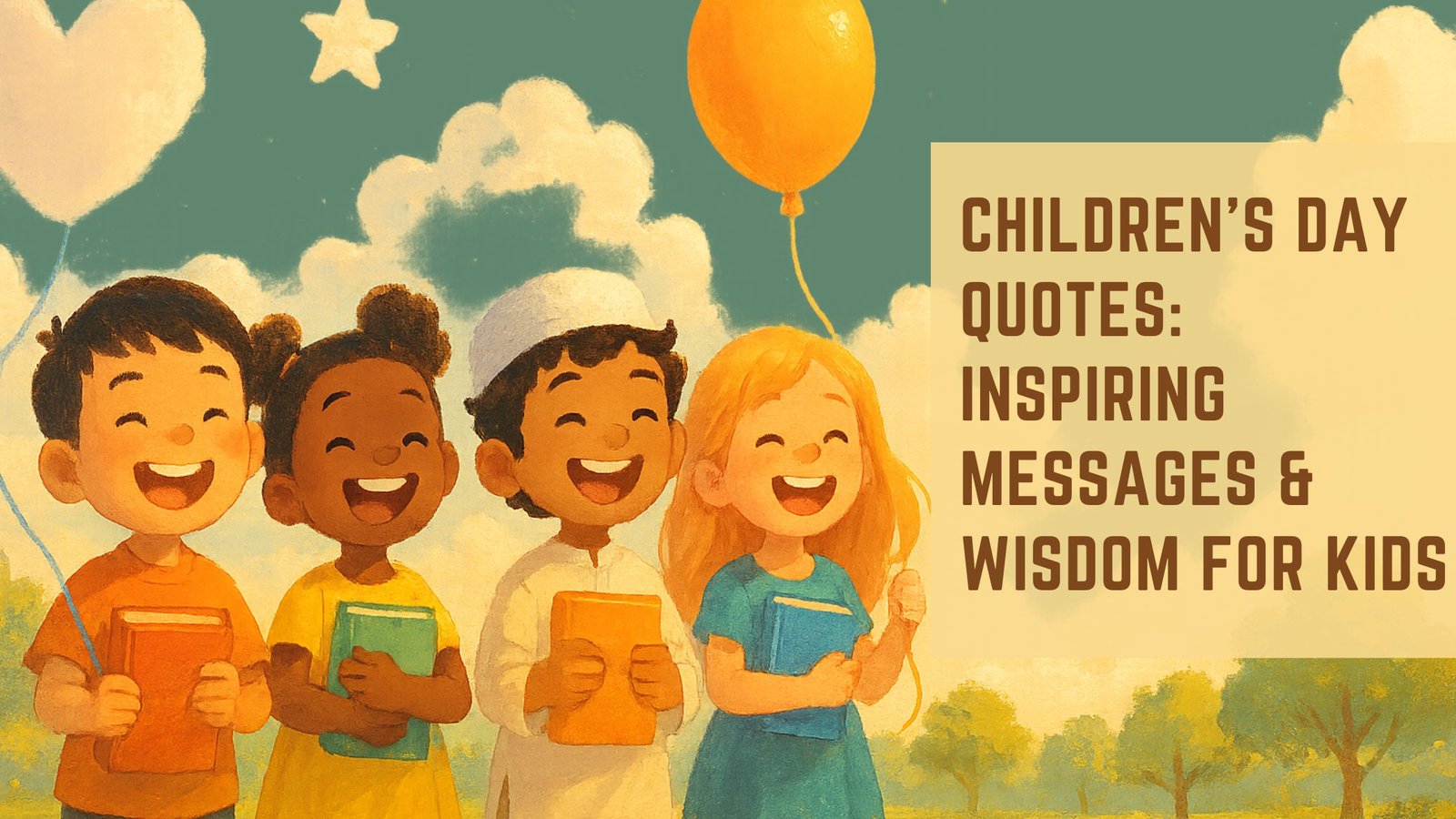The Bhagavad Gita, often referred to simply as the Gita, is a 700-verse Hindu scripture that is part of the Indian epic Mahabharata. It is a philosophical dialogue between Prince Arjuna and Lord Krishna, who serves as his charioteer. This sacred text addresses the moral and philosophical dilemmas faced by Arjuna as he prepares to go into battle against his own relatives, teachers, and friends.
The Gita delves into profound themes such as duty (dharma), righteousness, and the nature of reality, making it a timeless guide for individuals seeking clarity in their lives. Its teachings transcend cultural and temporal boundaries, offering insights that are relevant to people of all ages and backgrounds. The Gita is not merely a religious text; it is a comprehensive guide to living a life of purpose and integrity.
It presents various paths to spiritual realization, including devotion (bhakti), knowledge (jnana), and disciplined action (karma). Each of these paths provides a framework for understanding one’s responsibilities and the nature of existence. The dialogue between Arjuna and Krishna serves as a metaphor for the internal struggles that everyone faces, making the Gita an essential resource for personal growth and self-discovery.
As we explore the importance of teaching the Gita to children, it becomes evident that its lessons can shape their character and worldview in profound ways.
Key Takeaways
- The Bhagavad Gita is a sacred Hindu scripture that imparts timeless wisdom and guidance for living a fulfilling life.
- Teaching the Gita to kids is important as it instills moral values, resilience, and a sense of purpose from a young age.
- Making the Gita accessible to young minds involves using age-appropriate language, interactive activities, and storytelling to engage children.
- The Gita teaches children important lessons such as the value of selflessness, the power of perseverance, and the importance of inner peace.
- Incorporating Gita teachings into daily life can be done through simple practices such as mindfulness, kindness, and gratitude.
The Importance of Teaching the Gita to Kids
Introducing children to the teachings of the Gita can have a transformative impact on their development. In an age where moral ambiguity often prevails, the Gita provides clear guidance on ethical behavior and decision-making. By instilling these values early on, children can develop a strong moral compass that will guide them throughout their lives.
The principles of duty, righteousness, and selflessness emphasized in the Gita can help children navigate complex social situations and make choices that reflect their values. Moreover, teaching the Gita to children fosters critical thinking and introspection. The text encourages readers to question their beliefs and understand the consequences of their actions.
This reflective approach can empower children to become more aware of their thoughts and feelings, leading to greater emotional intelligence. As they grapple with the dilemmas presented in the Gita, children learn to appreciate diverse perspectives and develop empathy for others. This foundational understanding can cultivate a sense of responsibility towards themselves and their communities.
How to Make the Gita Accessible to Young Minds

To effectively teach the Gita to children, it is essential to present its teachings in a manner that resonates with their experiences and understanding. Simplifying complex concepts without diluting their essence is key. For instance, instead of delving into intricate philosophical discussions, educators can use relatable stories or analogies that illustrate the core messages of the Gita.
By connecting these teachings to everyday situations—such as teamwork in sports or fairness in friendships—children can grasp the relevance of the Gita in their lives. Interactive methods can also enhance engagement with the text. Activities such as role-playing scenarios based on Gita teachings can help children internalize its lessons.
For example, they could reenact Arjuna’s dilemma in a classroom setting, allowing them to explore themes of duty and moral conflict firsthand. Additionally, incorporating art, music, or storytelling can make learning about the Gita enjoyable and memorable. By creating an environment where children feel comfortable expressing their thoughts and questions about the text, educators can foster a deeper understanding and appreciation for its teachings.
Lessons from the Gita for Children
The Bhagavad Gita offers numerous lessons that are particularly relevant for children as they navigate their formative years. One of the most significant teachings is the concept of duty or dharma. Children learn that fulfilling their responsibilities—whether at home, school, or in their communities—is essential for personal growth and societal harmony.
This understanding encourages them to take ownership of their actions and recognize the importance of contributing positively to their surroundings. Another vital lesson from the Gita is the idea of selflessness and service to others. The text emphasizes that true fulfillment comes from acting without attachment to results.
This principle can inspire children to engage in acts of kindness and service, fostering a sense of community and compassion. By learning to focus on the process rather than solely on outcomes, children can develop resilience in the face of challenges and setbacks. This mindset not only enhances their emotional well-being but also prepares them for future endeavors where perseverance is key.
Incorporating Gita Teachings into Daily Life
Integrating the teachings of the Gita into daily life can significantly enrich children’s experiences and perspectives. Parents and educators can encourage children to reflect on their actions by asking questions that prompt them to consider their motivations and responsibilities. For instance, after completing a group project at school, adults might ask how each child contributed to the team’s success or how they felt about helping others achieve a common goal.
Such discussions reinforce the importance of collaboration and accountability. Additionally, creating rituals or practices that embody Gita principles can further solidify these teachings in children’s lives. For example, families might establish a weekly “service day” where they engage in community service together, reinforcing the value of selflessness and duty towards others.
Mindfulness practices inspired by the Gita’s emphasis on self-awareness can also be beneficial; simple meditation or reflection exercises can help children cultivate inner peace and clarity amidst life’s challenges. By embedding these teachings into everyday routines, children are more likely to internalize them as guiding principles.
Stories and Examples from the Gita for Kids

The Bhagavad Gita is rich with stories that illustrate its teachings in engaging ways for children. One notable example is Arjuna’s initial reluctance to fight in battle due to his moral dilemmas about harming his loved ones. This story serves as an excellent entry point for discussions about conflict resolution and making difficult choices.
Children can relate to situations where they must choose between loyalty to friends or family and doing what they believe is right. By exploring Arjuna’s journey, they can learn about courage, integrity, and standing up for one’s beliefs. Another compelling story from the Gita involves Krishna’s guidance to Arjuna on performing his duty without attachment to results.
This narrative can be used to teach children about perseverance and focusing on effort rather than outcomes. For instance, when faced with challenges in academics or sports, children can be reminded of Arjuna’s commitment to his duty as a warrior despite his fears. This story encourages them to embrace challenges with determination while understanding that success is not solely defined by external achievements but by personal growth and effort.
The Impact of Gita Education on Children
The impact of teaching the Bhagavad Gita to children extends far beyond academic knowledge; it shapes their character and worldview in profound ways. Children who engage with its teachings often develop a strong sense of ethics and morality that guides their interactions with others. As they learn about concepts like duty, selflessness, and resilience, they become more empathetic individuals who are better equipped to navigate social complexities with grace.
Furthermore, exposure to the Gita fosters emotional intelligence by encouraging children to reflect on their feelings and actions critically. They learn to manage their emotions effectively while developing a sense of responsibility towards themselves and others. This emotional maturity not only enhances their relationships but also prepares them for future challenges in life—be it in personal endeavors or professional pursuits—where emotional resilience is crucial for success.
Resources for Teaching the Gita to Kids
A variety of resources are available for parents and educators looking to introduce children to the teachings of the Bhagavad Gita effectively. Illustrated versions of the Gita specifically designed for young readers often simplify complex ideas while retaining essential messages. These adaptations use engaging visuals and relatable language that resonate with children’s experiences.
In addition to books, online platforms offer interactive content such as videos, games, and quizzes based on Gita teachings. These resources can make learning fun while reinforcing key concepts through engaging activities. Workshops or classes focused on teaching the Gita through storytelling or art can also provide immersive experiences that deepen children’s understanding.
Moreover, community organizations often host events centered around the teachings of the Gita, providing opportunities for children to engage with peers while exploring these timeless lessons together. By utilizing these diverse resources, parents and educators can create a rich learning environment that nurtures children’s spiritual growth and moral development through the wisdom of the Bhagavad Gita.
This article provides valuable insights into how the teachings of the Gita can be applied to everyday life, making it accessible and relatable for young readers. It offers a fresh perspective on the timeless wisdom found in this ancient text, making it a great resource for children to learn from.
FAQs
What is the Gita?
The Gita, also known as the Bhagavad Gita, is a 700-verse Hindu scripture that is part of the Indian epic Mahabharata. It is a sacred text of the Hindu religion and is considered one of the most important spiritual classics.
What is the Gita about?
The Gita is a conversation between Prince Arjuna and the god Krishna, who serves as his charioteer. It addresses the moral and philosophical dilemmas faced by Arjuna on the battlefield, and provides guidance on how to live a righteous life.
Why is the Gita important for children?
The Gita teaches important life lessons such as duty, righteousness, and the nature of the self. It can help children develop a strong moral and ethical foundation, and provides valuable insights into the Hindu faith and philosophy.
How can the Gita be made accessible to children?
The Gita can be made accessible to children through simplified translations, storytelling, and engaging activities. It can also be taught through interactive discussions and creative expression, such as art and drama.
What are some key teachings of the Gita that are relevant to children?
Some key teachings of the Gita that are relevant to children include the importance of doing one’s duty without attachment to the results, the concept of selflessness and compassion, and the idea of finding inner peace and strength through self-discipline and self-awareness.










